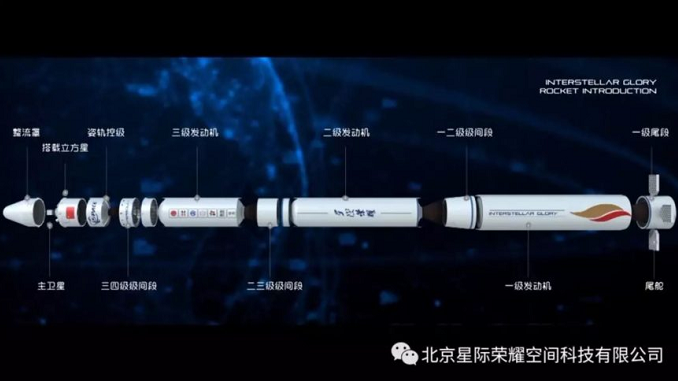
Beijing showed it’s reusable rocket named Hyperbola-2 at the i-Space which is their space company, last week for the first time. The firm’s goal is to launch it into space in 2021.
The rocket uses liquid oxygen-methane propellants. The company says this reduces the cost of rocket production by 70 percent
It has a payload capacity of 1.9 ton, and it can contain small and medium-sized satellites. Also, it is 28 meters long and has a takeoff weight of 90 tons. It is meant to launch satellites into the Lower Earth Orbit (LEO).
The Falcon 9 and the Falcon Heavy are the only reusable rockets at the moment, created by Elon Musk’s SpaceX. Jeff Bezos’ Blue Origin also has a reusable rocket called the Blue Shepherd but is still a prototype.
A survey released by Frost&Sullivan earlier this year, suggests the small satellite market can reach a cap of $69 billion by 2030. No wonder i-Space wants to launch various satellites from imaging to research in this range.
SpaceX, the private spaceflight company is known for reusable rockets and a giant, shiny Starship, will begin offering its own satellite internet service in 2020, according to SpaceNews. In fact, the U.S. Air Force is already testing it in planes.
To build the service, SpaceX will have to launch up to eight Falcon 9 rockets filled with the company’s Starlink satellites, SpaceX President and Chief Operating Officer Gwynne Shotwell told SpaceNews and other reporters this week at the 70th International Astronautical Congress in Washington.

Be the first to comment